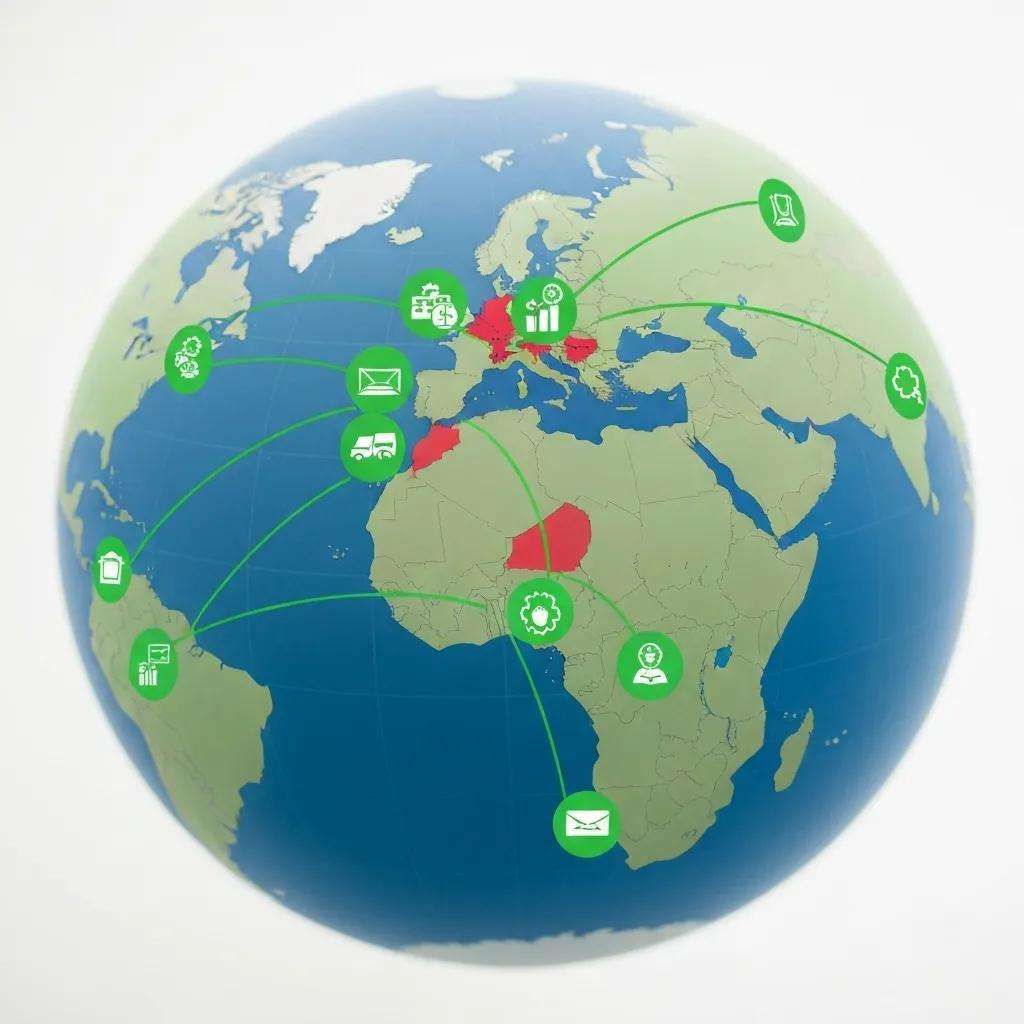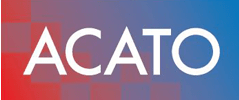Exploring ISO 9001 Certification Costs by Country

How ISO 9001 Certification Costs Differ by Country: Key Factors
ISO 9001 certification costs can range from a few thousand dollars to over $20,000 depending on regional factors, company complexity, and the chosen certification body. This guide explains typical fee ranges in key markets, explores the factors driving cost variations, presents strategies to optimize expenses, outlines ongoing audit fees, and evaluates the value proposition across industries and regions. Readers will learn:
- What standard price brackets look like in the USA, UK, Germany, India, and Australia
- Which elements—company size, QMS scope, accreditation body—most influence those fees
- How remote audits, grants, and internal resources can lower costs
- What surveillance and recertification expenses to anticipate
- Why ISO 9001 often delivers strong ROI despite initial outlays
What Are the Typical ISO 9001 Certification Prices Across Different Countries?

ISO 9001 certification fees vary by market maturity, auditor travel costs, currency, and accreditation requirements. Below is a comparison of average initial certification ranges for small to medium enterprises.
| Country | Fee Range (USD) | Key Driver |
|---|---|---|
| USA | 5,000 – 20,000 | ANAB accreditation and travel costs |
| UK | 4,000 – 15,000 | UKAS fees and consultant rates |
| Germany | 6,000 – 18,000 | DAkkS requirements and complexity |
| India | 2,000 – 8,000 | Lower labor costs and local bodies |
| Australia | 7,000 – 22,000 | Travel to remote sites and AUD rates |
These figures illustrate how local economic conditions and certification body competition shape cost differences. For more detail on cost components, see ISO 9001 Certification Cost – Acato, which breaks down stages from pre-assessment to surveillance audits.
How Much Does ISO 9001 Certification Cost in the USA?
Certification in the USA typically costs between $5,000 and $20,000. Smaller firms often pay toward the lower end due to shorter audit durations, while multi-site organizations incur higher travel and auditor day rates. Understanding these dynamics helps businesses budget accurately.
What Is the Average ISO 9001 Certification Fee in the UK?
In the UK, companies usually invest $4,000 to $15,000. The presence of multiple UKAS-accredited bodies drives competitive quotes, and consultancy support for documentation can increase initial expenses. Firms that leverage in-house expertise can reduce reliance on external advisors.
How Does Germany’s ISO 9001 Audit Cost Compare Internationally?
German costs often range from $6,000 to $18,000 due to rigorous DAkkS accreditation and high labor rates. Established quality management practices may shorten on-site audit days, but German-language technical reports and translations add to total fees.
What Are the ISO 9001 Certification Costs in India and Australia?
Indian certification fees span $2,000 to $8,000, benefitting from competitive local bodies and lower overheads. In Australia, fees typically range from $7,000 to $22,000, reflecting travel to remote locations, AUD exchange rates, and demand for consultants in major cities.
What Factors Influence ISO 9001 Certification Cost Variations by Country?
Certification cost variations stem from a blend of organizational attributes, QMS scope, selection of auditor, and macroeconomic conditions. These drivers determine audit duration, consultant involvement, and overall fees.
- Company Size and Complexity Larger workforces and multiple sites require more audit days and detailed process mapping, which directly increase certification time and cost.
- Scope of the Quality Management System A QMS covering several product lines, processes, or locations demands deeper documentation review and additional sample audits, extending audit duration.
- Choice of Certification Body Accredited bodies such as ANAB, UKAS, and DAkkS set different day rates and travel allowances. Premium bodies often deliver value-added insights but charge higher fees.
- Local Economic and Regulatory Conditions Currency strength, labor rates, and national regulatory obligations (for example, mandatory pre-assessments) influence overall cost structures.
These core factors interplay to define the final fee. Understanding each driver empowers decision-makers to negotiate scope and resources for optimal pricing.
How Can Businesses Manage and Reduce ISO 9001 Certification Costs Internationally?

Organizations can deploy several tactics to lower certification expenses without compromising audit integrity.
- Leverage remote auditing to minimize auditor travel days and associated costs.
- Apply for government grants or tax incentives that support quality management initiatives.
- Streamline internal audit processes and train in-house auditors to reduce reliance on external consultants.
- Compare quotes from multiple accredited bodies to secure competitive rates and bundled services.
Adopting these measures promotes a lean certification budget while maintaining compliance and improvement focus.
What Are the Ongoing Costs After Initial ISO 9001 Certification?
Maintaining ISO 9001 certification requires annual surveillance audits and periodic recertification, which constitute predictable recurring expenses.
| Audit Type | Typical Interval | Fee Range (USD) |
|---|---|---|
| Surveillance Audit | Annually | 1,500 – 6,000 |
| Recertification | Every 3 years | 4,000 – 16,000 |
Surveillance audits sustain QMS performance and typically involve one to two auditor days, while recertification replicates the initial audit depth. Accurate forecasting of these fees ensures uninterrupted compliance.
Is ISO 9001 Certification Worth the Cost in Different Countries?
- Business Benefits: Enhanced process efficiency, improved customer satisfaction, and streamlined supplier management justify initial and ongoing fees.
- Return on Investment: Industries such as manufacturing and aerospace often recoup certification costs within 12–18 months through reduced defects and operational savings.
- Industry-Specific Advantages: Service sectors—like healthcare and logistics—gain market credibility that directly correlates with higher contract win rates.
These outcomes illustrate how ISO 9001 certification fosters competitive advantage and sustainable growth despite regional price variations.
Ensuring a thorough understanding of price brackets, cost drivers, and optimization strategies equips businesses to plan ISO 9001 certification budgets confidently. By balancing certification scope with effective internal practices and leveraging remote audit options, organizations worldwide can maximize value and secure lasting quality improvements.
Frequently Asked Questions
What is the process for obtaining ISO 9001 certification?
The process for obtaining ISO 9001 certification typically involves several key steps. First, an organization must develop and implement a Quality Management System (QMS) that meets ISO 9001 standards. Next, a pre-assessment may be conducted to identify any gaps. After addressing these, the organization can apply for certification through an accredited body. The certification audit is then performed, followed by the issuance of the certificate if compliance is confirmed. Regular surveillance audits are required to maintain certification.
How long does it take to get ISO 9001 certified?
The time required to achieve ISO 9001 certification can vary significantly based on several factors, including the size of the organization, the complexity of its processes, and the readiness of its QMS. Generally, the certification process can take anywhere from three to six months. This includes time for initial preparation, the audit process, and addressing any non-conformities identified during the audit. Organizations that are well-prepared may achieve certification more quickly.
Are there any specific industries that benefit more from ISO 9001 certification?
ISO 9001 certification is beneficial across various industries, but certain sectors may experience more pronounced advantages. Manufacturing, healthcare, and logistics are notable examples. In manufacturing, improved process efficiency and reduced defects can lead to significant cost savings. In healthcare, certification enhances patient safety and service quality. Logistics firms benefit from streamlined operations and improved customer satisfaction, which can lead to higher contract win rates. Overall, any organization focused on quality improvement can gain from ISO 9001 certification.
What are the common challenges faced during the ISO 9001 certification process?
Organizations often encounter several challenges during the ISO 9001 certification process. Common issues include resistance to change from employees, inadequate documentation of processes, and a lack of understanding of the standard’s requirements. Additionally, organizations may struggle with resource allocation for training and implementation. To overcome these challenges, it is crucial to engage all stakeholders, provide adequate training, and ensure clear communication throughout the process. A well-planned approach can significantly ease the transition to certification.
How can companies ensure they maintain their ISO 9001 certification?
To maintain ISO 9001 certification, companies must commit to continuous improvement and compliance with the standard’s requirements. This involves conducting regular internal audits, addressing any non-conformities promptly, and ensuring that staff are trained and aware of quality management practices. Additionally, organizations should prepare for annual surveillance audits and be proactive in updating their QMS to reflect any changes in processes or regulations. Engaging employees in quality initiatives can also foster a culture of continuous improvement.
What role do internal audits play in the ISO 9001 certification process?
Internal audits are a critical component of the ISO 9001 certification process. They help organizations assess the effectiveness of their Quality Management System (QMS) and ensure compliance with ISO standards. Regular internal audits identify areas for improvement, verify that processes are being followed, and prepare the organization for external audits. By conducting thorough internal audits, companies can address potential issues before the certification audit, ultimately enhancing their chances of successful certification and maintaining compliance.
Conclusion
Understanding the cost variations of ISO 9001 certification across different countries empowers businesses to make informed decisions that align with their quality management goals. By leveraging strategies to optimize expenses, organizations can achieve significant ROI while enhancing operational efficiency and customer satisfaction. Embrace the opportunity to elevate your quality standards and explore our resources for further insights. Start your journey towards ISO 9001 certification today.

